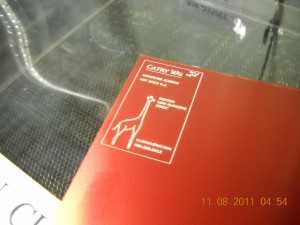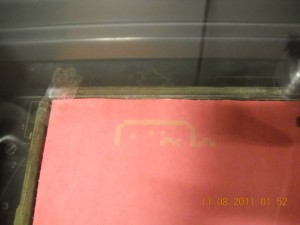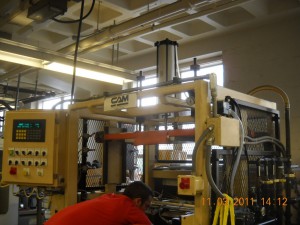A good number of hardware (well, electrical) online version control / sharing startups have come up recently.
- http://www.evilmadscientist.com/article.php/visdiff – thoughts on smarter diff for EE
- http://upverter.com/
- http://upverter.com/tour/eda/
- (version control. has good snapshot features for both board and bill of materials. has embeddable schematics. has nets. based around github, so social)
- “Online electronics design. Includes schematic diagrams, design hosting, parts library, and GitHub integration. Free for public open-source projects”
- http://solderpad.com/
- http://solderpad.com/tour
- (version control and online ee viewing, board and schematic embedding. less of a social feel)
- “SolderPad is a place to share, discover and collaborate on electronic projects.”
- based off of github, so integrated
- http://www.circuitbee.com/ — no updates since october 2011?
- (for embedding boards/schematics)
- “CircuitBee provides a platform for you to share live versions of your circuit schematics on your websites, blogs or forums.”
- http://www.openhardwarehub.com/
- (includes full hardware, not just ee, part sourcing)
- “The place to post and contribute to open-source hardware projects”
No doubt some form of open-source biology version control software will come into play soon too. But meanwhile the mechanical engineering side of things is looking a little bit neglected.
For online 3d model viewing, there are a few implementations, namely Thingiverse and 3dCADBrowser:
http://www.3dcadbrowser.com/preview.aspx?modelcode=3229 (has assemblies, it looks like) (no embedding)
http://www.thingiverse.com/thingiview:86385 (parts only, not assembled projects) (CAN be embedded!)
and a community around CAD:
http://grabcad.com/
another one, solidworks oriented:
http://www.3dcontentcentral.com/default.aspx
Tools / raw materials search: Maybe we should do our startup around this, for integrating into one of the hardware version control platforms. Octopart is doing it for EE; now lets get the meche side done too. Then we can really have full integrated open source products sharing+version control online, and then life will be awesome 🙂
If open hardware hub got popular enough (they allow “links” when you submit parts for your project), that would be cool.
[Edit 6 Dec 2011: I found a few search engines. See http://www.orangenarwhals.com/?p=157]
Some more research on the subject:
http://electronics.stackexchange.com/questions/8767/version-control-systems-for-hardware-projects basically says “use all the normal software version control systems” (none of which are made for visual diffing)
For some snark on circuitbee:
http://hardware.slashdot.org/story/11/07/26/183257/sharing-electronic-schematics — so yea, circuitbee is not too useful
and some more snark on upverter / circuitbee for not making the extra effort to be open source themselves:
http://dangerousprototypes.com/2011/09/21/editorial-upverter-another-closed-source-vampire-exploits-open-hardware-for-ventrue-capital-pr-and-profit/
and
http://hackaday.com/2011/09/14/upverter-its-like-github-for-hardware/
I think actually both circutibee and upverter are awesome and people are just being paranoid. -^-^- look at the long responses all the posts got from the founders o.o
to check out: another online circuits project:
http://code.google.com/p/webtronics/






















